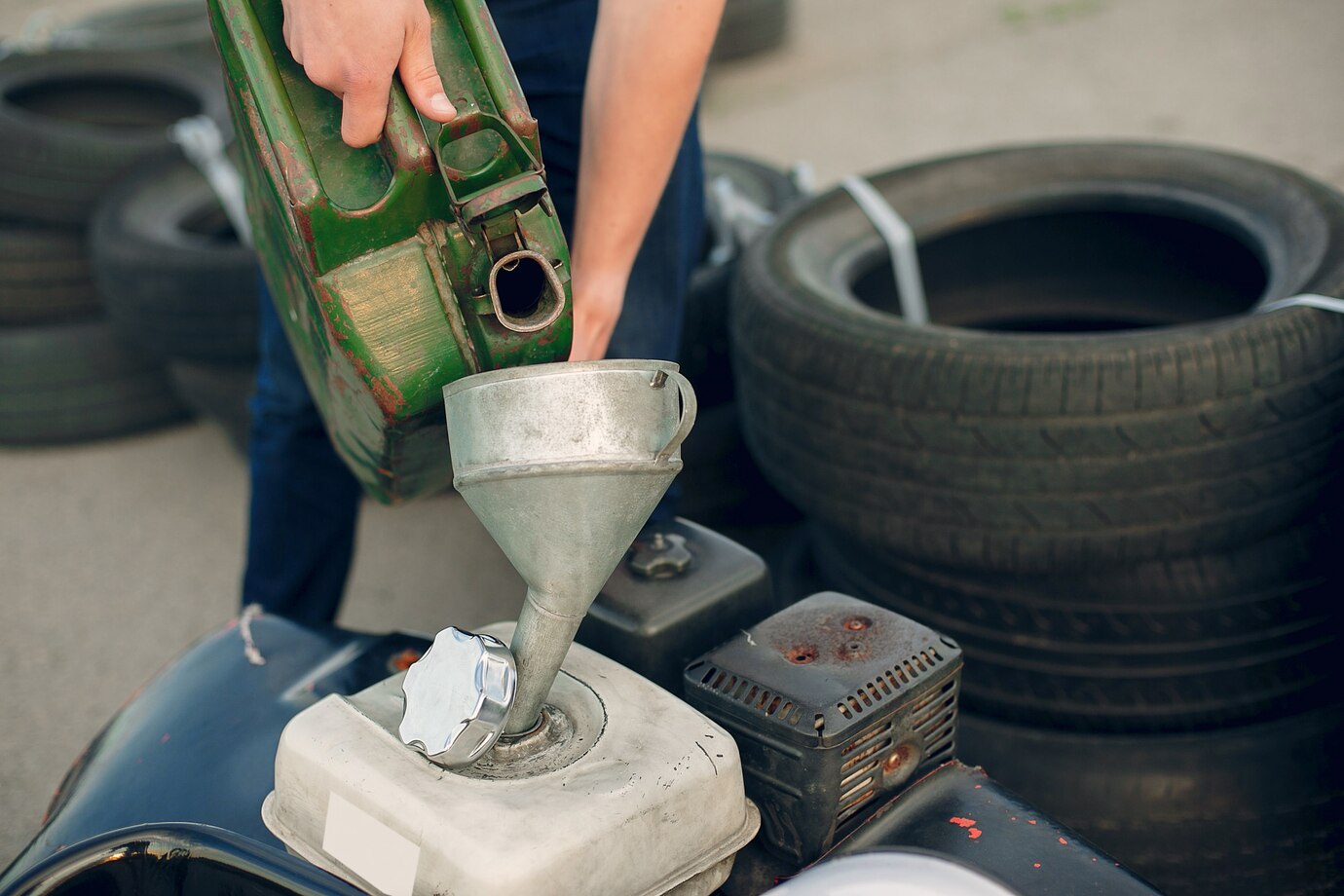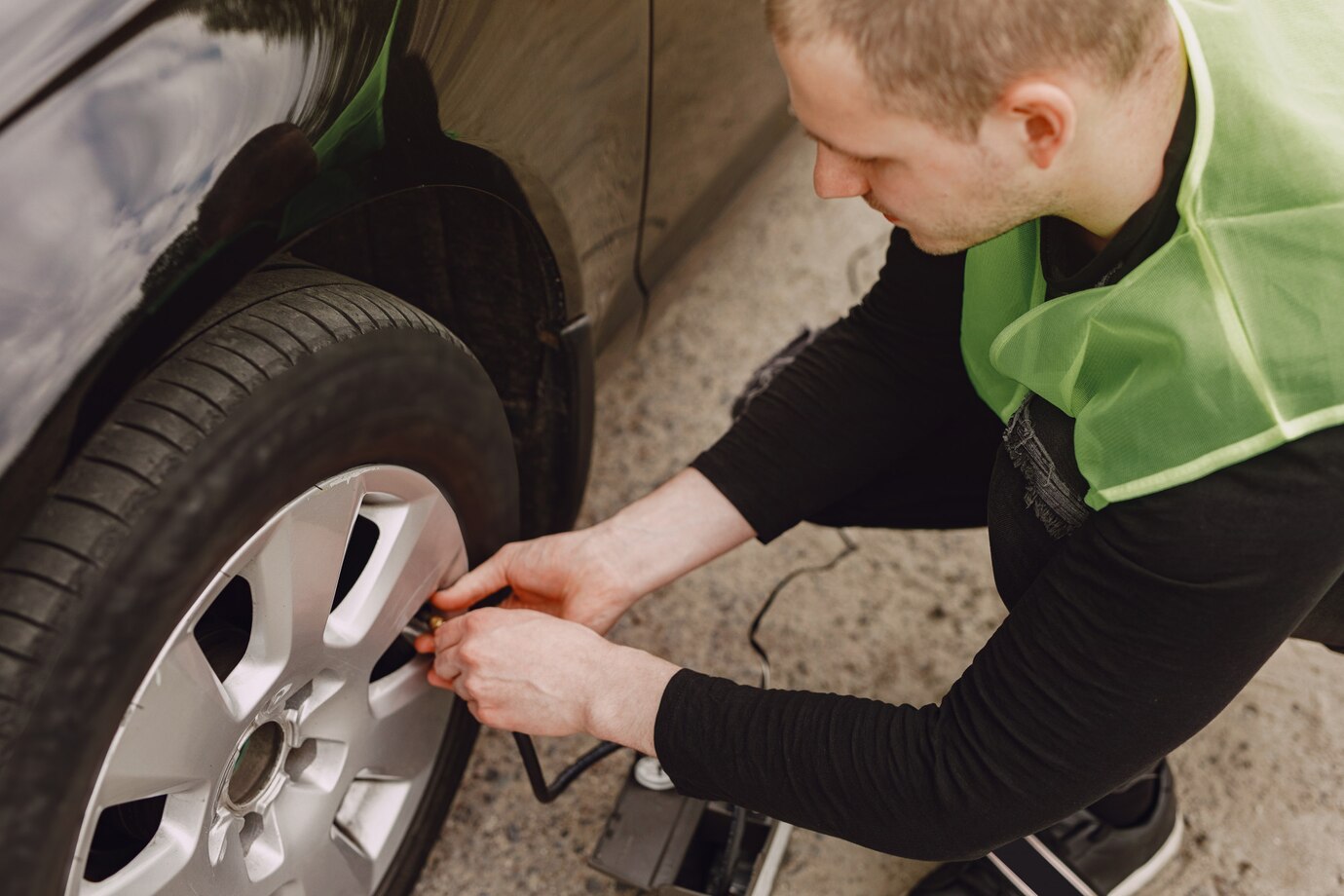
How Do You Check Tyre Lifespan?
Do you know how long a tyre lasts? This question may arise in your mind. In this blog, we will cover how to check tyre lifespan, the factors that affect it, and the signs you should watch out for to ensure your tyres are still in good condition. But before this, we have to know what tyres are? Tires are one of the most critical components of your vehicle, and their lifespan can directly impact your safety on the road. Tyres age over time, whether or not they are used frequently, and knowing when to replace them is key to avoiding potential accidents. Checking the lifespan of your tyres regularly is essential for maintaining optimal performance, safety, and comfort.
Understanding Tire Lifespan
Tires are anticipated to last somewhere between 6 and 10 years. However, the actual lifespan of your tyres can vary depending on how well they are maintained, the quality of the tires, and how frequently they are used.
The lifespan of a tire can be defined by two primary factors:
- Tread Wear: The wear and tear of the tyre tread affects its grip on the road, especially in wet conditions. Worn-out tyres have reduced traction and are more likely to skid or hydroplane.
- Tyre Aging: Even if your tyres have not been extensively used, the rubber compounds in tyres break down over time, causing the tyres to become brittle and less effective at maintaining grip.
Key Factors That Affect Tire Lifespan
Before we dive into how to check the lifespan of your tires, it's important to understand the factors that affect tyre life.
- Driving Habits: Aggressive driving, such as hard braking, speeding, and sharp turns, can cause the tires to wear out faster. Smooth driving with gradual acceleration and deceleration helps extend tyre life.
- Road Conditions: Tires that are frequently driven on rough or poorly maintained roads will wear out more quickly than those driven on smooth, paved roads.
- Tire Maintenance: Regular maintenance plays a crucial role in ensuring the longevity of your tires. Proper inflation, regular rotations, and balancing prevent uneven wear, which can lead to premature tire failure.
- Climate: Extreme weather conditions, such as extreme heat, cold, or humidity, can affect tire life. For example, excessive heat can cause the rubber to break down more quickly, while cold temperatures can cause the rubber to become brittle.
- Tire Quality: The brand and quality of your tires matter. Premium tires often last longer than budget options, though proper maintenance is still essential for any tire.
How to Check Tire Lifespan
Now that we have covered the factors affecting tyre lifespan, let's explore the steps you can take to check the condition of your tyres and gauge their remaining lifespan.
1. Check the Tire Tread Depth
One of the most important indicators of tire lifespan is the tread depth. The tread is the part of the tire that comes into contact with the road, and over time it wears down as you drive. Shallow tread depth reduces the tire's grip, especially in wet conditions, which increases the risk of accidents.
How to Check Tire Tread Depth:
- Use a Tread Depth Gauge: A tread depth gauge is a simple tool that can help you measure the tread depth. Most tires are considered legally worn out when their tread depth reaches 2/32 of an inch.
- The Penny Test: A quick and easy DIY method to check tread depth is the penny test. Simply place a penny into the tread groove with Abraham Lincoln's head facing down. If the top of his head is visible, your tire tread is worn down to 2/32 of an inch or less, which means it's time to replace your tires.
- Check for Uneven Wear: Look for uneven wear patterns across the surface of your tires. If you notice that one side is more worn than the other, it may indicate an alignment or balancing issue, which could reduce the overall lifespan of your tires.
2. Check the Tire Age
The age of a tire is another important factor to consider when determining its lifespan. Tires, even if they haven't been used much, naturally degrade over time due to exposure to heat, sunlight, and environmental elements.
- How to Check Tire Age: Every tire has a DOT code on the sidewall, which indicates when the tire was manufactured. The last four digits of the DOT code represent the week and year of production. For example, if the DOT code ends in "1219," the tire was made in the 12th week of 2019.It's recommended to replace tires every 6 to 10 years, even if the tread looks fine. If your tires are nearing the 10-year mark, it's a good idea to have them inspected by a professional, regardless of the tread condition.
3. Look for Cracks or Bulges
As tires age, the rubber compounds begin to deteriorate. This can cause the tire to develop visible cracks or bulges, which weaken the tyre and increase the risk of a blowout.
How to Check for Cracks or Bulges:
- Inspect the sidewalls of your tires regularly. Look for deep cracks, cuts, or bulges on the tire's surface. These are signs of structural damage and can be a sign that the tire is no longer safe to use.
- Small cracks may not always require immediate replacement, but if the cracks are deep or you notice bulges or bubbles, it's time to replace the tire. Check the tread for signs of cracking as well. The tread should not appear dry, cracked, or brittle.
4. Monitor Tire Performance
Your tires may be aging and losing their effectiveness long before they show visible signs of damage. Pay attention to how your car handles. If you notice any of the following symptoms, it could be an indication that your tires are nearing the end of their lifespan:
- Vibration or Noise: Unusual vibrations or noise while driving could signal uneven wear or damaged tires. It may also be a sign of an alignment issue.
- Poor Handling: If your vehicle feels less responsive when turning or if you notice increased difficulty when braking, it could mean your tires are no longer providing adequate traction.
5. Get Professional Inspections
While you can check the tread depth and inspect the tyres visually, it's always a good idea to have a professional inspect your tyres periodically. A trained technician can identify issues that might not be immediately obvious, such as internal tire damage or issues with tire alignment or balancing. A tyre inspection is especially important if you notice any of the signs mentioned above or if you are approaching the 6-10 year lifespan of your tires.
- Vibration or Noise: Unusual vibrations or noise while driving could signal uneven wear or damaged tires. It may also be a sign of an alignment issue.
- Poor Handling: If your vehicle feels less responsive when turning or if you notice increased difficulty when braking, it could mean your tires are no longer providing adequate traction.

 27-02-2025
27-02-2025
